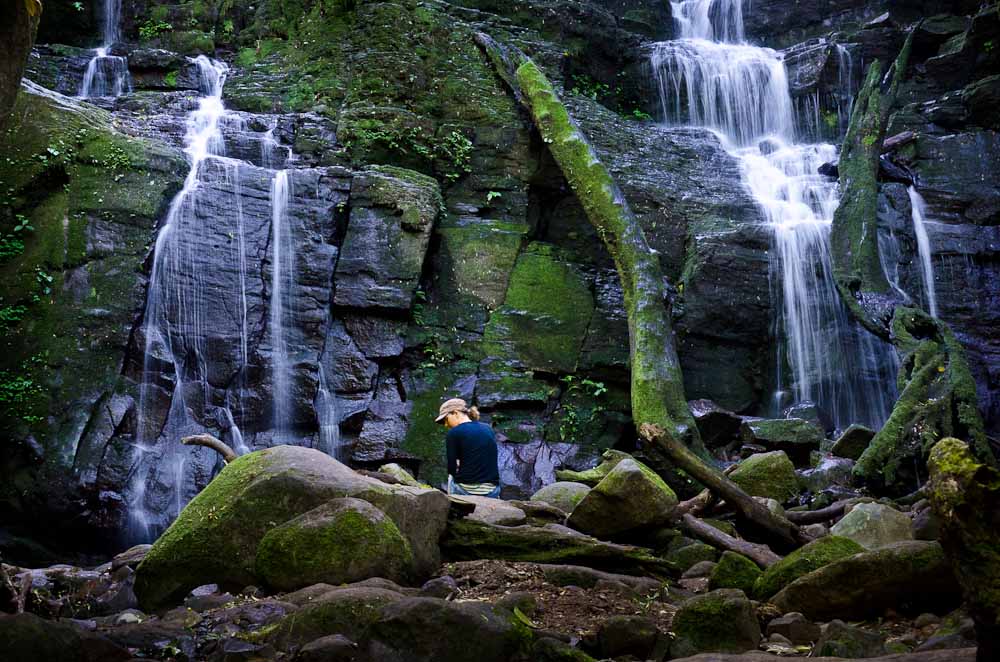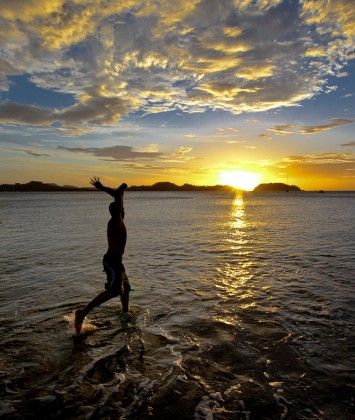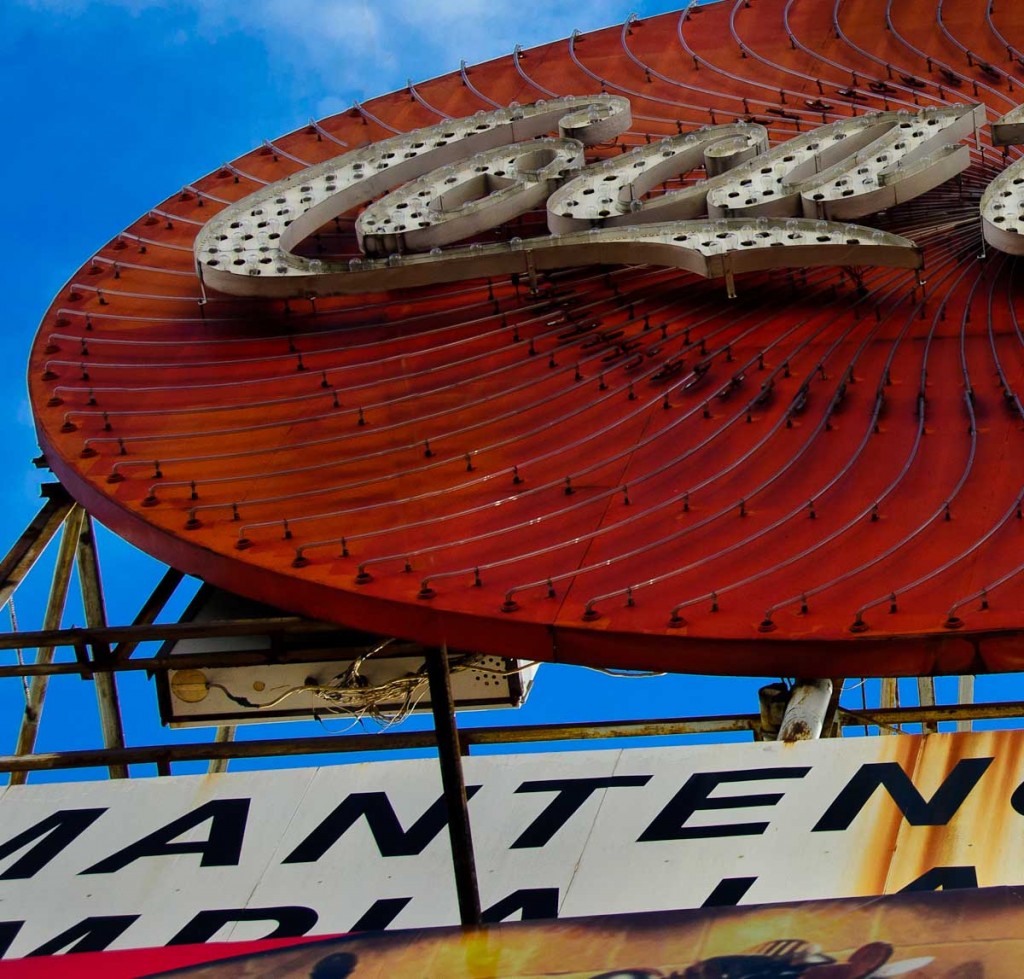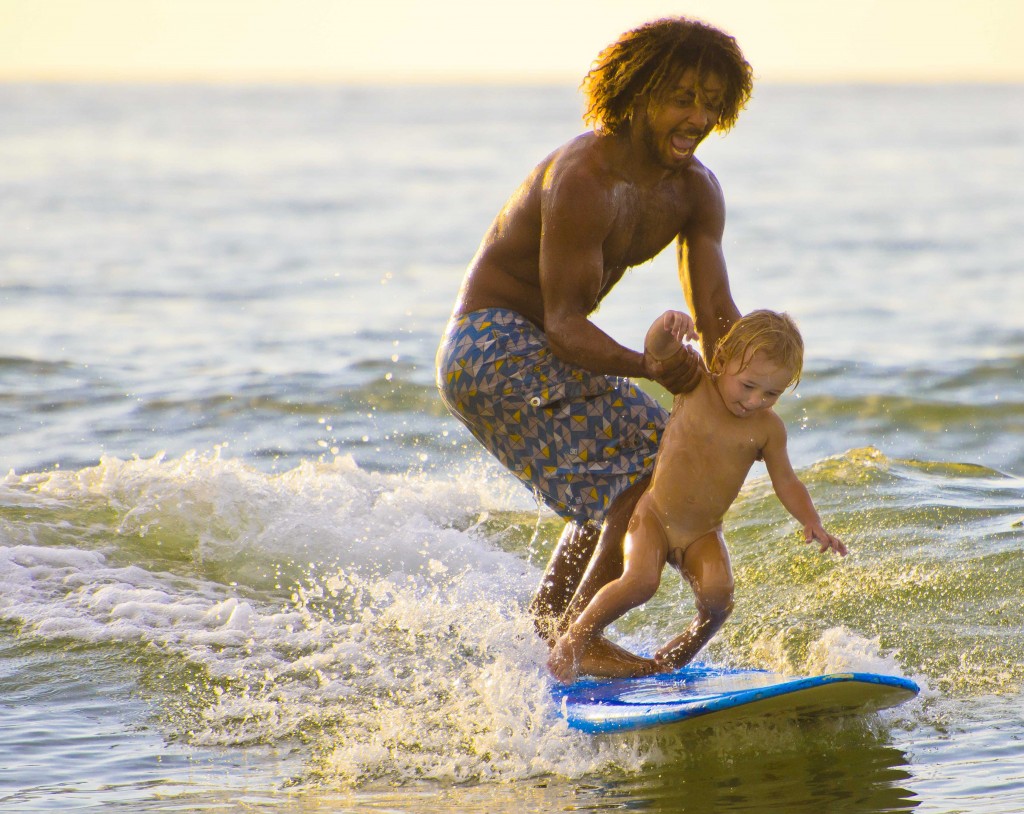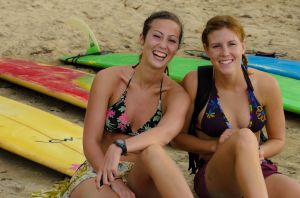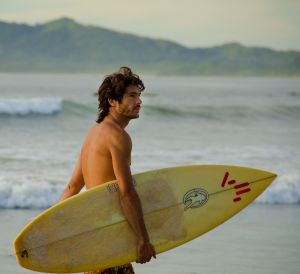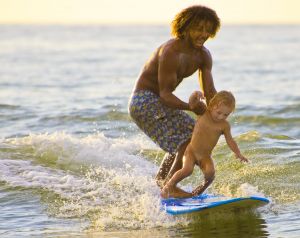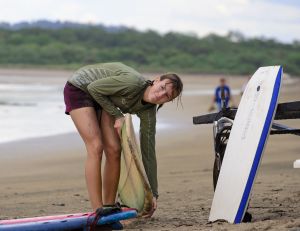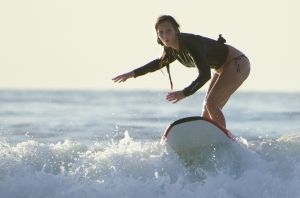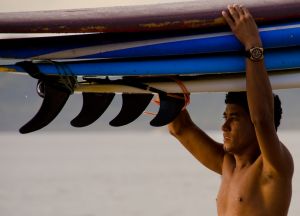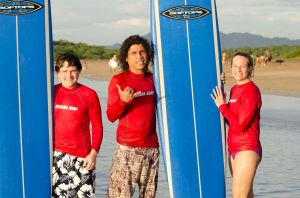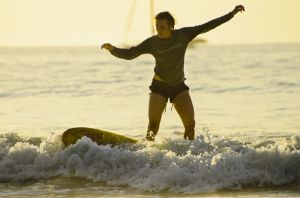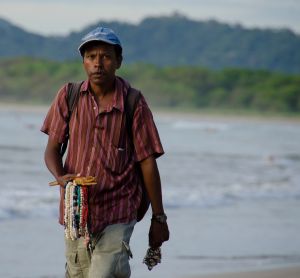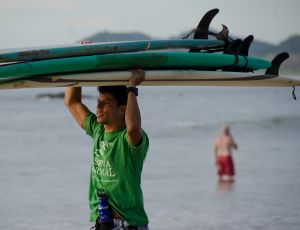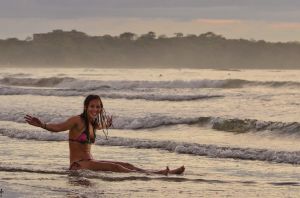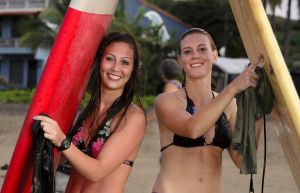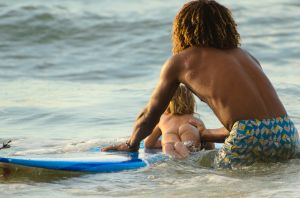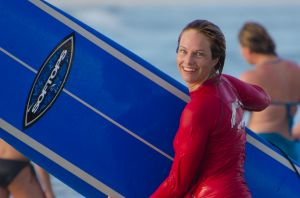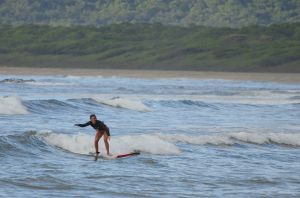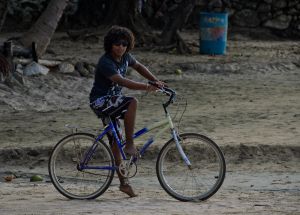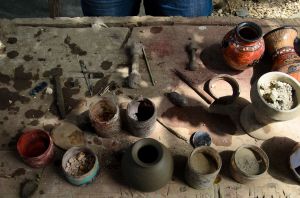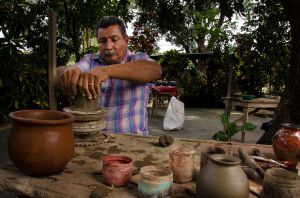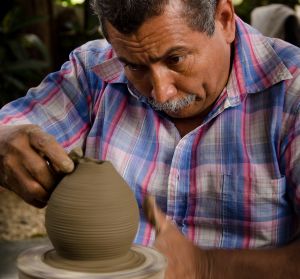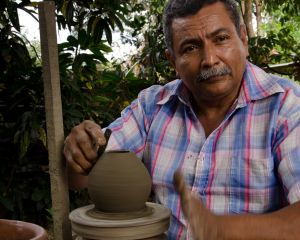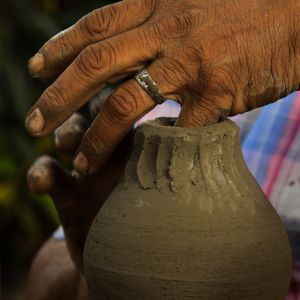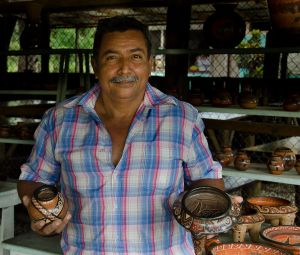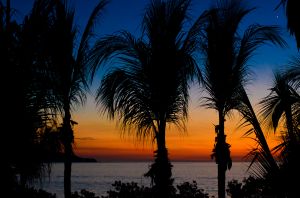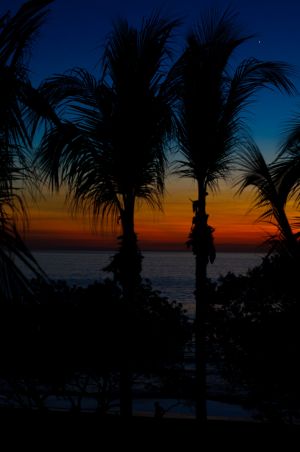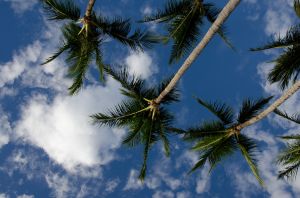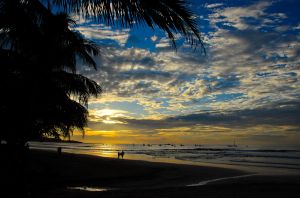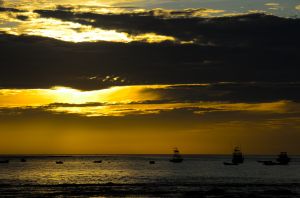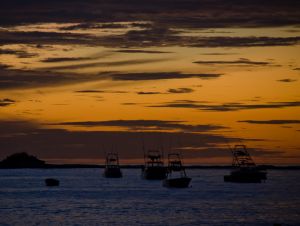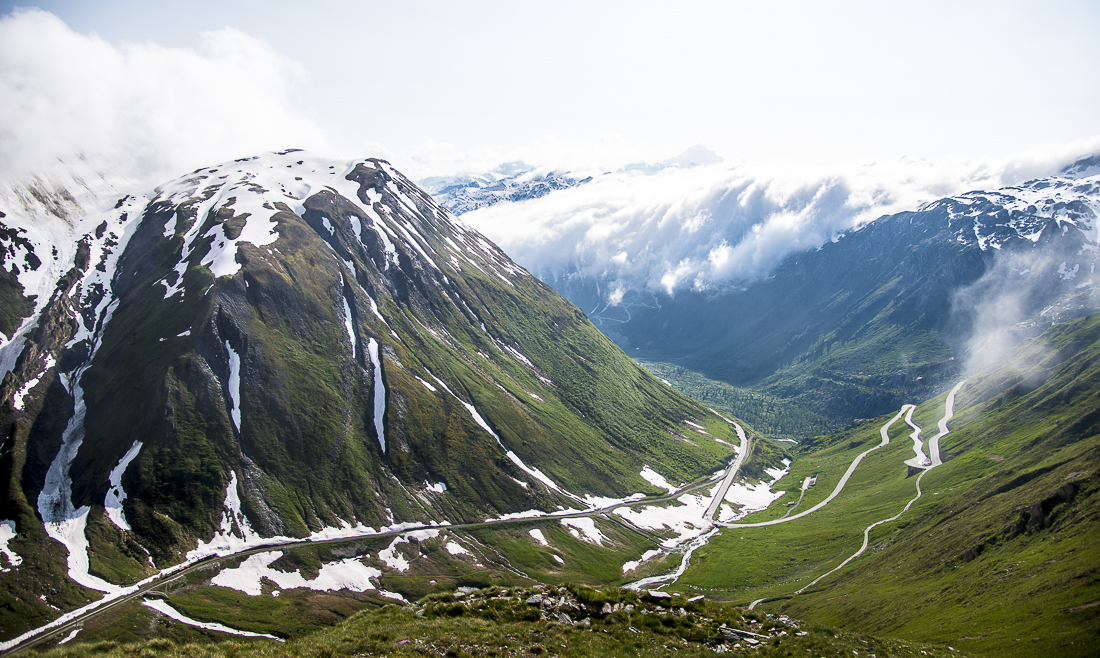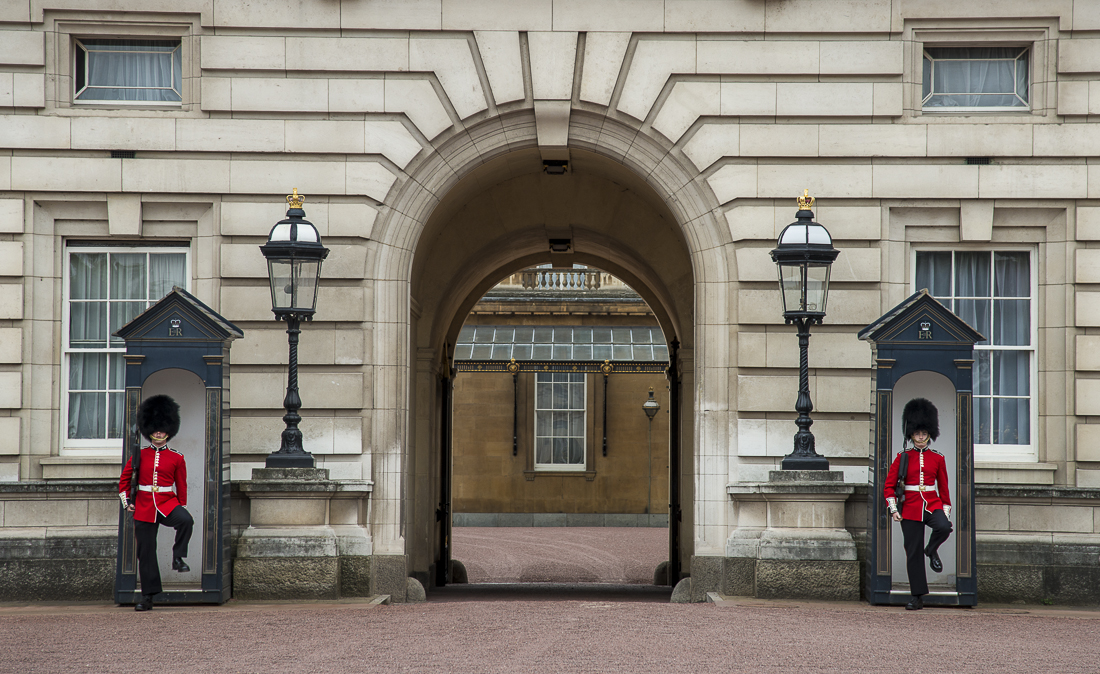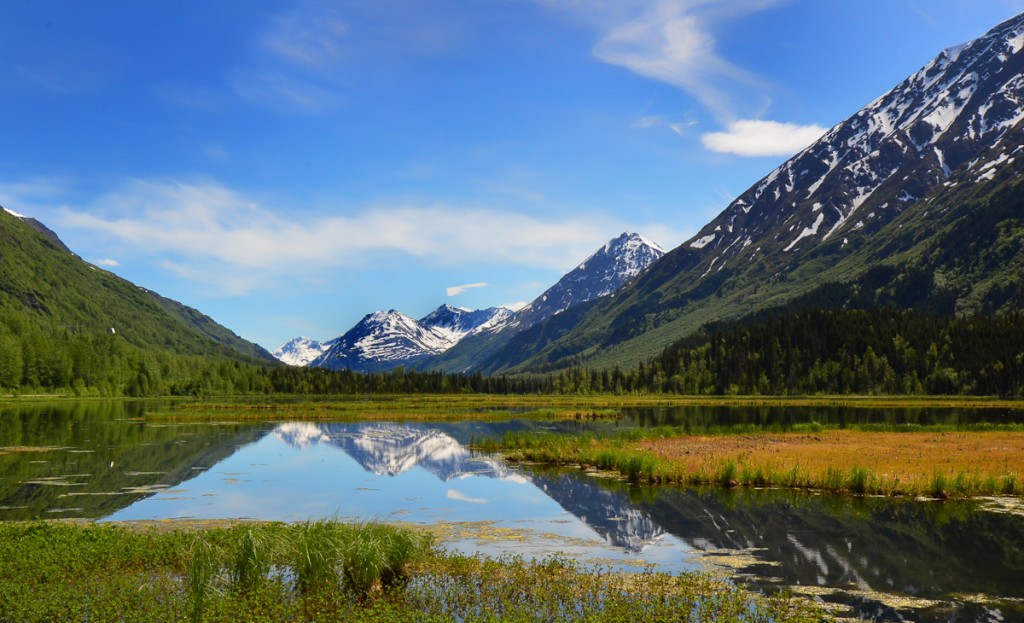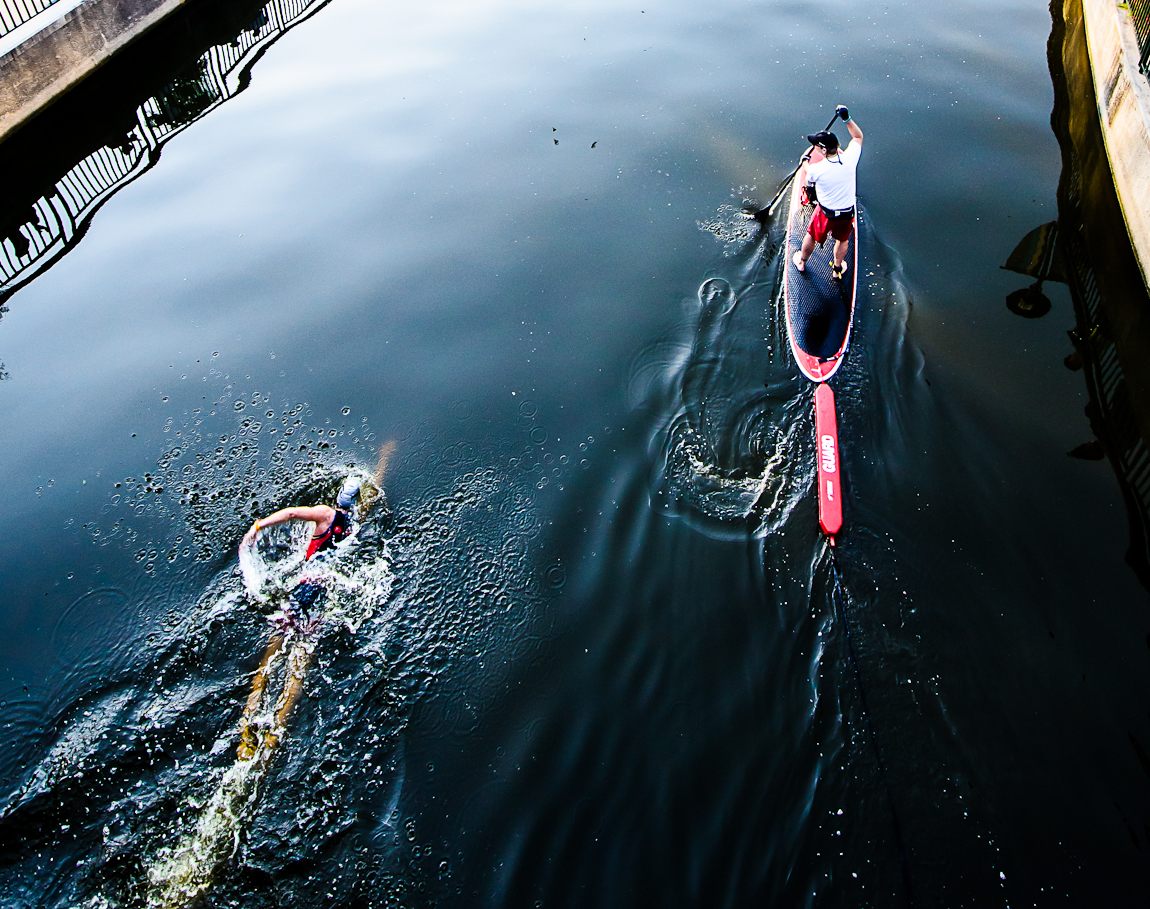Tourism is Costa Rica’s biggest industry, and much of that tourism focuses on the country’s natural wonders. Even so, it seems that each of the country’s national parks is manned only by three or four teenagers, and the main roads in and out can be less than inviting. A couple of friends and I visited two parks last week – one trip involved paying off a guy who had blocked the road, and whose private property you have to cross to get to the national park. In the other park, the main road had a sign saying that the roads were in such bad condition they suggest you not drive on them at all. But of course we did.
The rough trips are worth it. The white-faced monkeys (capuchins) and the waterfalls were in the Rincon de la Viaja National Park in Northwest Costa Rica. The park is built around a volcano, which is sufficiently active to cause them to prohibit hikers up near the rim. The “smoke” you see behind that red tree is stinky sulfur-smelling geothermal steam coming out of the ground.
The beach pics here are mostly at Playa Naranjo, which is waaaay down a terrriibbllle dirt road/trail inside Santa Rosa National Park. The beach is a couple of miles long, and there were maybe a dozen people on it at most on a Saturday afternoon. We even picked up a hitchhiker there and took him back to town. He spoke only Spanish so we tried out our espanol on him, with modest success. The area is also a mecca for hard-core surfers, a dozen or more of whom were sleeping in a little tent camp near the beach.
The dark-faced (howler) monkey was just chilling roadside when I was driving back from a mountain bike trip a few days back. Though both monkey pictures are of just one monkey, each time they were in a group of 10 or so.
The nice couple in a few of the pictures (together, and separate) are Peter and Jana Thomsen, of Santa Cruz, California, who I met at the language school here. Peter is a forty-something mountainbiking photographer who came to Costa Rica from the States to try to learn Spanish, so we were able to find a few things to talk about as the three of us drove into the depths of Costa Rica’s priceless national parks. Peter’s actually a professional photographer (go to www.peterthomsen.com if you want some fabulous wedding photography), but I was able to convince him to push the button on my camera free of charge to get that one purple-shirted picture of me.
